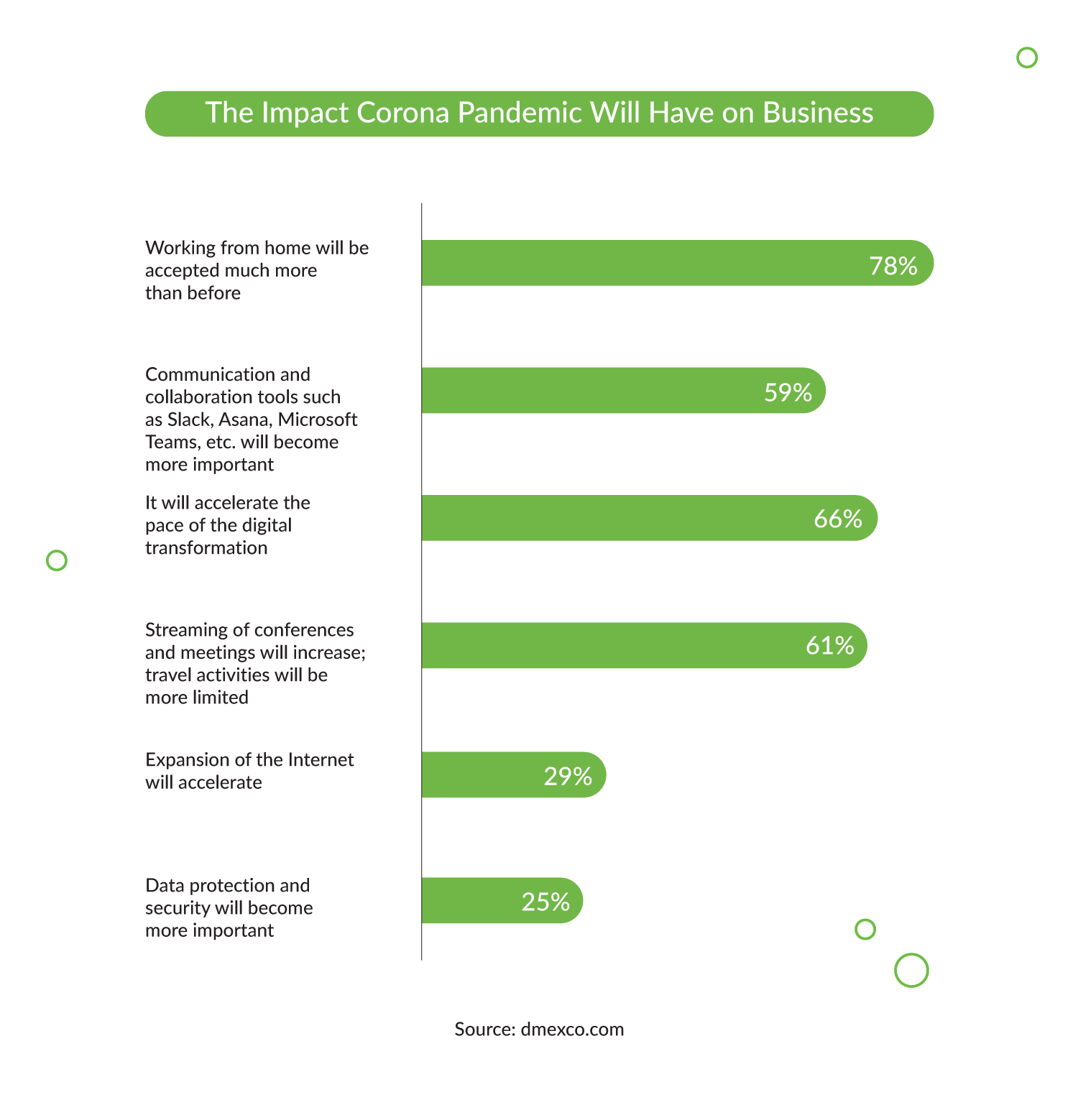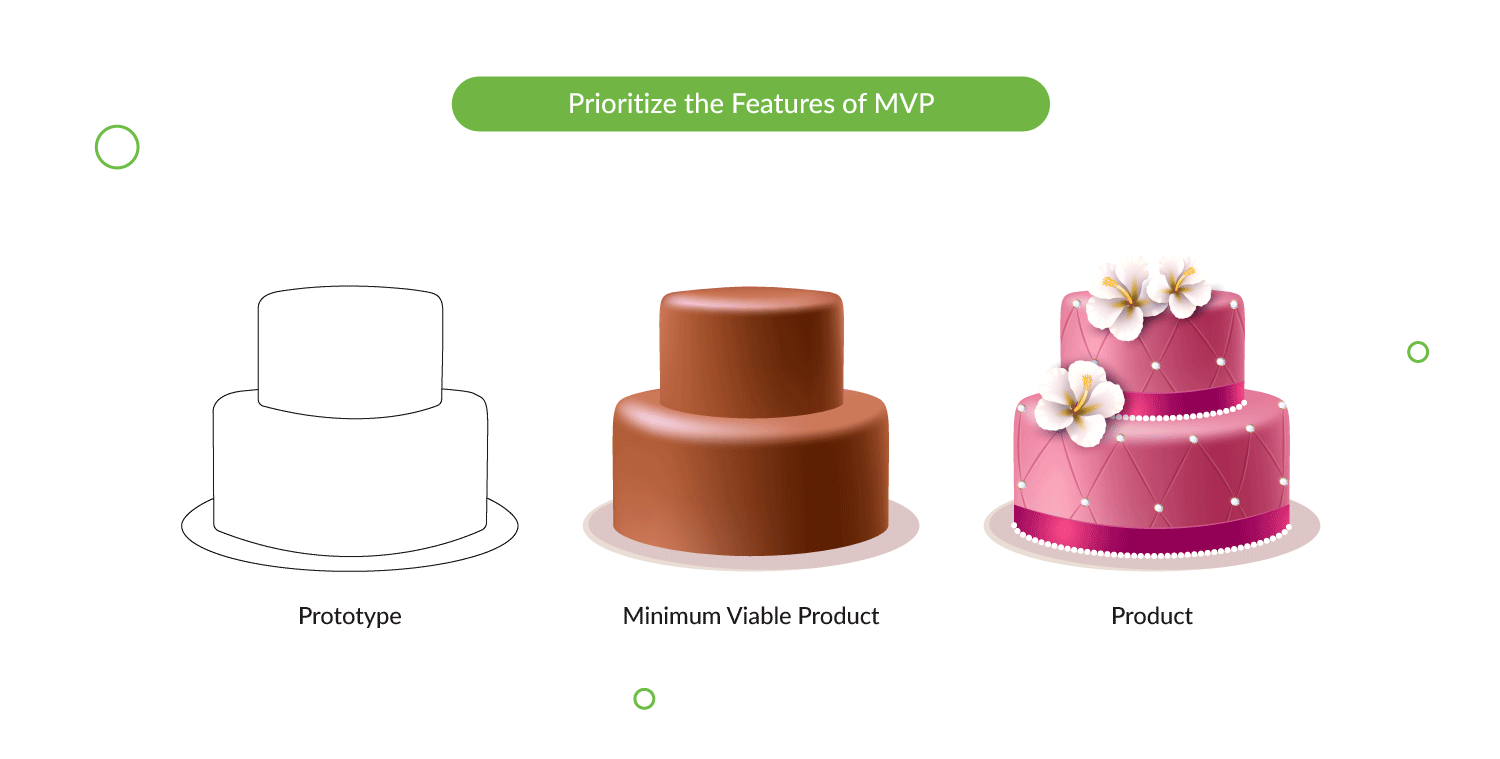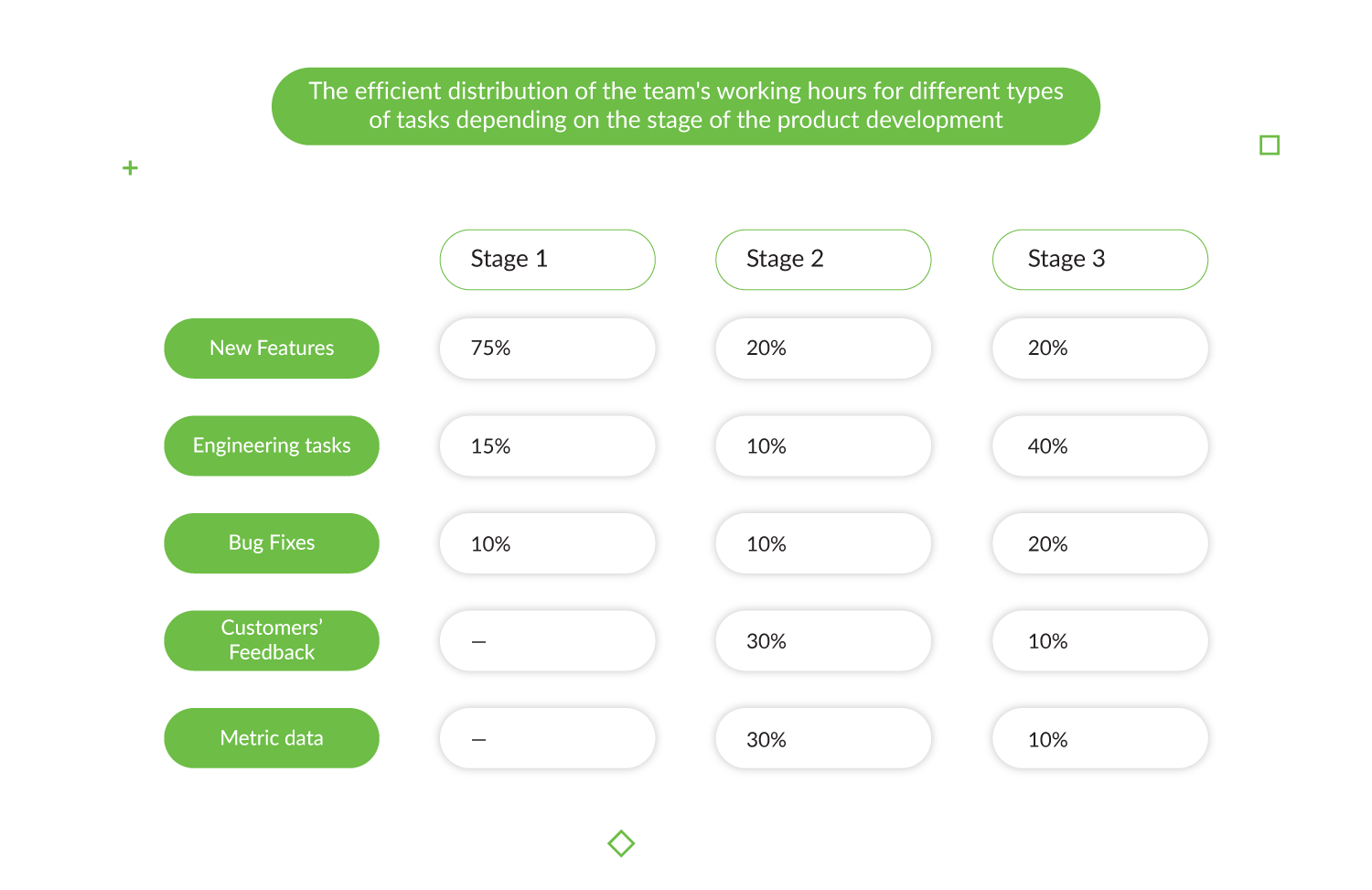How to Launch a Digital Product and Win in a Crisis

Launching a digital product is always a challenge, but it can be even more difficult during a crisis. When the world is in turmoil, people are less likely to take risks or try new things. But if you’re able to launch your product successfully during a crisis, you could be well-positioned for success when things return to normal.
Economic crises or uncontrollable epidemics influence the world and bring about new rules that challenge communities and businesses to sink or swim. Within only recent years, we’ve faced the spread of SARS, Ebola, and COVID-19. Moreover, during the last decade, a few severe financial and technological crises destabilized the world economy.
Every time, the outbursts are unpredictable and fateful. Every business must think strategically to react promptly and adapt to the changes. In fact, it’s not only a matter of staying afloat. It’s about companies keeping up with the ever-changing modern world.
Software product development, alongside business automation, offers powerful processes that can help businesses respond to crises and shape their future trajectory.
In this article, we will delve into our experience and share details on how to successfully launch a digital product during a crisis, and how companies can adapt and thrive in such an environment.
How the Crisis is Changing the World and Why You Should Consider Digitalization
Practically every routine human activity has moved online. Executives, managers, employees, teachers, and students are now managing their responsibilities remotely, as the virtual world is now the reality in which we function. For entrepreneurs, the main demand in this environment is to be adaptable and nimble enough to make weighted decisions at sonic speed.

The COVID-19 pandemic was the last drop that showed the necessity of business digitalization. For small and mid-sized, it’s become a matter of survival. According to recent research, even local businesses have run digital changes during the crisis to strengthen their capabilities in case of future crises.
The high-tech world, which creates an ecosystem for modern business, is itself a real-time tool for working. It makes it possible to communicate and interact with people who, on the one hand, are thousands of kilometers from one another, but at the same time are just a click away. It enables closed calls with a high level of security, allows us to send sensitive information quickly, easily, and securely, perform banking operations, and sign legally valid contracts.
“The world has changed in the last few weeks. The measures we’re now all taking to fight back against the coronavirus are affecting the way we interact, live, work, and take care of our finances.”
James Green, deVere Group’s Divisional Manager of Europe
The opportunities created by digital products and today’s real-world conditions prove that, without digital transformation, launching a product successfully is almost impossible. And his notion is becoming more and more applicable in realms that were once squarely situated in the offline world.
Read more: Digital Transformation in Banking.
Preparing to Launch A New Digital Product in a Crisis
If your service is not online yet, there are many factors you have to weigh before launching a digital product. Naturally, the gravest concerns will be associated with the rationing of finances in such a turbulent time. Money is often in short supply during the crisis period, and the big question is whether it is rational to finance a launch either with your savings or with the support from investors. Especially, whether the launch of a digital product will bring any profit.
However, there is a pragmatic way to face this Shakespearian dilemma. If we analyze the diagram of change in the industries currently occupying the market, we can see that online education, telehealth, and online software have become the demand leaders, while the car-sharing and sharing economy have largely failed.

If you’re going to work in industries in the green zone of the chart, you can assume it’s safe to launch your digital product right now. If not there, you should consider how to optimize the digital product. Just look at the current crisis as a chance to find new business opportunities.
According to Forbes, the list of sectors most affected by any financial, technological, or banking crises are:
- Air transportation, airports, and trucking services;
- Event management, culture, leisure, and entertainment;
- Fitness and sports;
- Travel agencies and businesses that provide tourism services;
- Hotels;
- Food cervices and catering;
- Post-graduate and informal education organizations and non-governmental educational institutions;
- Organization of conferences and exhibitions;
- Domestic services (repair, washing, dry cleaning, hairdressing, and beauty salons).
As you can see, the businesses that are suffering the most during the instability in the market are providing services that involve physical interaction with a client. The option here is to either innovate the service so that it is accessible online or (the safer option) offer products your user can access online.
Evidently, people tend to use more online services because there are simply no equivalent offline options. In this situation, it’s important to analyze and identify the needs of the people who are also affected by a crisis. In general, having identified the need, think of how to solve it. This is the standard rule for successful startups. Another reason that the time is right is that people’s needs have become much greater and diverse. There several reasons for this:
- The crisis usually happens suddenly;
- People are generally unprepared for dramatic lifestyle changes;
- The changes are often so significant that they will not end after a crisis ends.
A good illustration for the said above is the list of recently funded products issued by TechCrunch: a network for healthcare analysis, a platform for deskless work, video chat API service - that’s just a few to mention. If the product fulfills the existing demand, it has chances to succeed both in investment raising and in gaining profit.
Why a Crisis is Useful in Digital World
A business transformation or initialization undertaken during a crisis can have a good chance of success even though it can be a huge challenge - and there are good reasons why. The market is waiting for new solutions. The winners in this situation will be the ones who can work out strategies to launch new digital products during a crisis and offer cheaper, faster, better ways to solve problems for customers and businesses.
It should be stressed here, that we’re not saying about spending all your savings on the development of the digital product that probably will be successful (or not). We explore the opportunities the crisis can bring. It’s worth mentioning that our company was established in 2008 when the financial crisis crippled the world economy. But if you have a verified business plan, validated idea and a good nerve, your chances of success are higher.
To develop a roadmap, you may find it useful to research the upcoming tendencies pandemic crisis will end up with. We’ve performed analysis of what’s happening now, compared it to our experience and Here’s what tends to happen during and after a crisis:
People want innovation
To be sure, even a local crisis can cause a lot of problems. For example, CB Insights reports that VC funding declined for 9% in Q1 2020 if compared to Q4 2019. But it still is higher for 12% than the one as of Q1 2019. That opened up opportunities for bold and creative startups.
“Right now, the virus [that led to the COVID-19 crisis] seems like an accelerator for digital change that was already underway . . . the surprise has been to see the resistance to this digital change suddenly evaporate. What organizations resisted for a decade is now core to survival and innovation.”
Michael Hendrix, partner and global design director, Ideo for Fast Company
People want to save money
If you’re a flexible and featherweight company, you can win over the clients of massive companies that aren’t prepared or able to adapt to change quickly and reduce their prices. People are looking for more affordable options. If you can adapt your strategy to this need, you have a chance to obtain a huge client base.
The incumbents are vulnerable
The heavyweight market players are in an extremely vulnerable state, as the stakes are higher for them and they can’t adapt as rapidly as agile startups. For example, over 75 million US people were directly or indirectly affected when the 2023 US banking crisis occurred. But there’s an opportunity for businesses to experiment and innovate, if they’re planning to digitize. While for startups, their flexibility and willingness to take risks may become a market advantage.
Good people are looking for work
Bad times force companies to sacrifice even the best people working for them. As BBC reports, in the result of the COVID-pandemic crisis, 195 million of full-time workers lost their jobs. If you’ve managed to introduce your product and scale your business, you will definitely have to expand your staff. Naturally, most of the talent is already taken when there’s no turbulence. Your chances of finding brilliant minds who are also available are much higher during a crisis.
Things are cheaper
It will be cheaper and easier for you to bargain for everything you need for your business when all participants of the market are in the same boat and are more eager to make concessions for their partners, for instance, for the goods you might need to start or to adapt your business. Plus, you don’t have to maintain an offline office. The same idea works for your employees; currently, they are not demanding as many workplace benefits as they would in normal conditions.
You will have fewer competitors
Speaking about the startup field, every player is willing to introduce their products when the times are good, the economy is stable, and the investors are many. However, in a crisis context, the number of startup Bravehearts shrinks, which means you’ll have fewer competitors when your product is out there.
As you can see, although the economy is down, new opportunities come along with it. You need to keep them in mind as you devise your digital product launching strategies.
Should we be afraid of launching a product before new crises?
Not afraid but aware. Sure, any financial, banking, technological, oil, or other crisis complicates launching a new startup. Business faces new challenges, but the reward is high.
For example, many businesses leading in their industries were launched during 2008 — the year of the most severe US and world crisis since the Great Depression. Instagram, Pinterest, WhatsApp, Airbnb, Uber, Netflix, Amazon, Groupon, Zoom, Evernote, Asana, Dropbox, and dozens of other international enterprises were founded or got their first investments in 2008.
Product development during a crisis requires business flexibility and an outstanding product. But it’s a proven fact that a business can achieve great success even in an unstable market.
How to Launch a Digital Product During a Crisis
It’s time to think about digitizing your existing business or launching a new digital product based on global prospects and trends and the new directions that development is taking.
If you’re wondering how to launch a digital product during a crisis or digitize the existing one, the first thing to do is prepare. Before starting any project, do the planning and consider the following aspects to minimize mistakes, since any error can be fatal:
- To be competitive and relevant in the current situation, the product must solve a problem or simplify a process; it must be useful to a specific group of consumers. The larger its audience, the more chances you have of becoming successful in a short time.
- Identify your target audience and double-check that the problem that your product will solve is relevant to them.
- Analyze the scalability of your product.
- Think through a user-friendly interface. Make sure the product is simple. There is no need to overthink the UX at the start of the project. However, it must be understandable and easy for the user to grasp from the point when they start solving their problem. Get it tested - first by your own team, and then in beta-testing.
Clearly, to be competitive in the current market, you have to act at sonic speed, and you can’t make any mistakes. Further, we’ll reveal how to make it in the most efficient way with the smart resources allocation.
How Will the Discovery Phase help?
The big advantage of the discovery phase is that it precedes the development stage and provides an opportunity to validate the idea, analyze the market and competitors, and create a roadmap. As a result, you end up with a solid amount of targeted developed documentation and enough information to make decisions about the future of your product.
For people in the business world, it is often extremely difficult to think about the project through and through from the technology point of view. We recommend initiating a discovery phase at the beginning of your work with IT companies. Within a week, they will clearly understand what your product will look like, see the set of functionalities that is minimally necessary to enter the market (MVP), and figure out the terms of implementation. Of course, you need to get to know the company and the team with which you plan to develop your product.

The discovery phase must be concluded by solving one of the most challenging tasks: prototyping and forming a set of product features and a backlog – namely, its first version. At each stage of the product life cycle, the priorities can and should shift in accordance with the type and orientation of the tasks.
How to interact with the product after creating an MVP
When the first stage is complete and the product is available to the general public, you need to change your tactics for working with the product.
We suggest that at the first stage (Stage 1) of product delivery to the market, your efforts should be concentrated on developing new features following the Product-Market Fit concept.
After the second one (Stage 2), as the product begins to grow consistently, you should dedicate significantly less time to new features. At the same time, it’s important to concentrate on satisfying your users according to their feedback and using the metrics you’ve collected to increase conversions.
Stage 3 is characterized as the stabilization stage. Here, after successfully launching a new product, you need to pay equal attention to new functionalities and feedback, as well as concentrate more and more on technologies, technical solutions, and product quality.

How to Adapt your Existing Processes to Today’s Realities
The blessing and the curse of the coronavirus crisis is the fact that you’ve no choice but to adapt to brutal market conditions. One threat in this situation is that you may not have enough manpower because of the lockdown and your dwindling financial resources. Since it’s clear that your business must be digital to survive, it follows that it should also be automated and be easy to maintain.
That’s why you need to think about all the processes you can optimize or automate. Here’s what to consider if you want to optimize your business:
- Articulate the needs of your business in terms of processes and resources;
- Identify the goals for the optimization. Pinpoint what you want to see as results;
- Prioritize the processes you plan to automate;
- Define models of business processes and rules which the business automation software must apply.
Again, make sure to follow these steps so that they improve your business results and reduce costs. If you want more examples on how this can be done, check “Software” section in our case studies where we share our experience on CRM and other business automation software development.
Conclusion
As apocalyptic as it may seem at first sight, any crisis is actually a time of opportunity. If you don’t see any yet, look at it from a different perspective. The opportunities are not the typical ones businesses are used to seeing. The economic climate changes, and it definitely makes the stakes and the prices of mistakes dramatically higher. However, it also creates an entirely new pool of consumer needs, which always equals opportunities to create digital products during crisis to address those needs. And if you do it right, they will thank you for it.
Finally, the competition among startups is lower, since not everyone will gamble and launch a new digital product during a crisis. So, if you do enough planning, summon up enough confidence, and assemble a team you trust, you have a great chance to capitalize on the new opportunities.
- What types of crises can this approach be applied to?
- This approach may be applied to almost any type of crisis: financial, banking, technological, oil, etc. The mechanisms of a crisis course are nearly the same, so the main issue for a business is to create a high-demanded product and withstand initial business complications.
- How do I identify the right digital product for my business during a crisis?
- There is no precise answer because it depends on various factors. But your product must meet people’s acute requirements emerging because of changes in the market. Only a thoughtful and deep research.
- How can I ensure the quality of a digital product launched in a crisis?
- When someone launches a digital product in crisis, two key factors to consider are A/B testing and responsiveness to users’ feedback. A startup must find urgent needs and be ready to change.









